Why it’s all uphill for the Yes campaign for an Indigenous voice to parliament
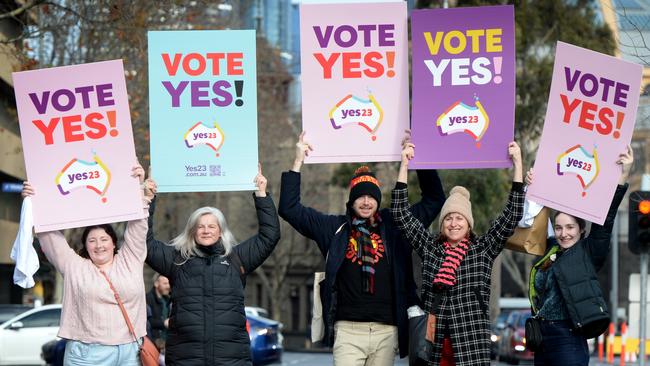
People tend to focus on national poll results in the lead-up to a referendum, but the state vote often has proved decisive.
The drafters of the Constitution wanted the mechanism for change to reflect the document’s democratic and federal characters. The democratic element is embodied in the requirement for a national majority of all Australians, and the federal element in the need for a majority of states. The latter protects the interests of the smaller states. Any three states, irrespective of their population, can band together to block reform.

The 1977 referendum demonstrates the importance of the state vote. Australians voted overwhelmingly to mandate simultaneous elections for both houses of the federal parliament. However, the national Yes vote of 62.2 per cent failed to produce a successful referendum because Tasmania, Queensland and Western Australia voted No. If just 9211 votes had gone the other way in WA, the proposal would have succeeded. The referendum is a salutary warning to Yes campaigners not to neglect the smaller states.
This result exposes a key challenge for the Yes case and demonstrates why campaigning in referendums is an uneven playing field. The Yes case must use its resources to win the national vote across the nation and at least four out of six states. On the other hand, the No case can concentrate its resources in just three states because winning those states will defeat the referendum.
The referendum record demonstrates the effectiveness of the No case adopting this strategy. Not only have 36 out of 44 referendum proposals been defeated but the most common result (occurring 13 times) has been a deadlock with three states voting in favour and the people of the other three states voting against.
On five of these deadlocked occasions, there was a national Yes vote overall; on several others the national vote was just below 50 per cent. Polling on the Indigenous voice demonstrates the Yes case faces a major challenge in winning the national vote but an even larger challenge in winning four states. The most recent Newspoll shows a national Yes vote of 43 per cent, a No vote of 47 per cent and 10 per cent undecided. State polling shows Yes: No votes of 40:54 in Queensland, 39:52 in WA, 45:46 in South Australia and 43:48 in Tasmania. It will be tempting for the No case to focus its energy and resources on Queensland, WA and Tasmania, knowing that victory in these states will defeat the referendum irrespective of support in NSW and Victoria.
Polling in the lead-up to this year’s referendum mirrors past votes, despite no referendum being held for nearly a quarter of a century. In the eight referendum proposals put to the people since 1977, the big states (NSW and, to a lesser extent, Victoria) have more readily supported constitutional change, while the smaller states have opposed it.
Tasmania has been most reluctant to embrace change, voting Yes just 10 times out of 44 referendums since 1901. This may reflect an inherent constitutional conservatism or a view that proposals emanating from “Canberra” must be contrary to the interests of Australia’s smallest state.
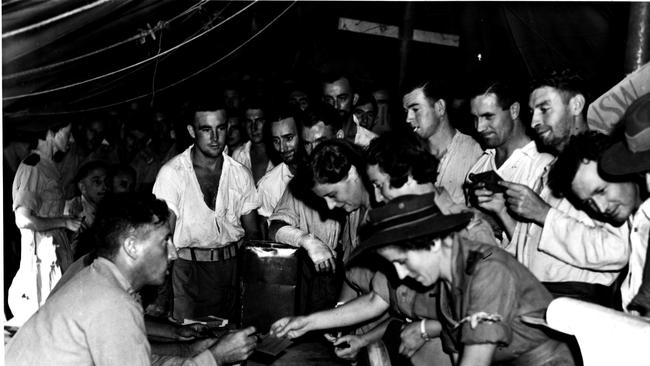
Tasmania also has been the nation’s bellwether state in most often voting in a way that reflects the outcome of the referendum. Only in votes held in 1910 and 1951 did the Tasmanian vote not match the final outcome. Other smaller states have been similarly reluctant to support referendums in past decades. WA, Queensland and SA have joined Tasmania in rejecting every one of the eight referendum proposals put to the people since 1977.
Six of these proposals were put in 1984 and 1988 by the Hawke Labor government, and two on a republic and a new preamble to the Constitution were put by the Howard Coalition government in 1999. These final two proposals were championed by Labor, with the Coalition obligated due to an election promise to put a vote on the republic to the people.
We can expect very different campaigns by the Yes and No cases in the lead-up to this year’s referendum. This will reflect the different tasks set for each side to emerge victorious. Referendums are designed to be difficult, with the Yes case needing a national majority and four states and the No case only three states. This strongly favours the No case, demonstrating how the proponents of the voice have a formidable challenge ahead.
George Williams is a deputy vice-chancellor and professor of law at the University of NSW.

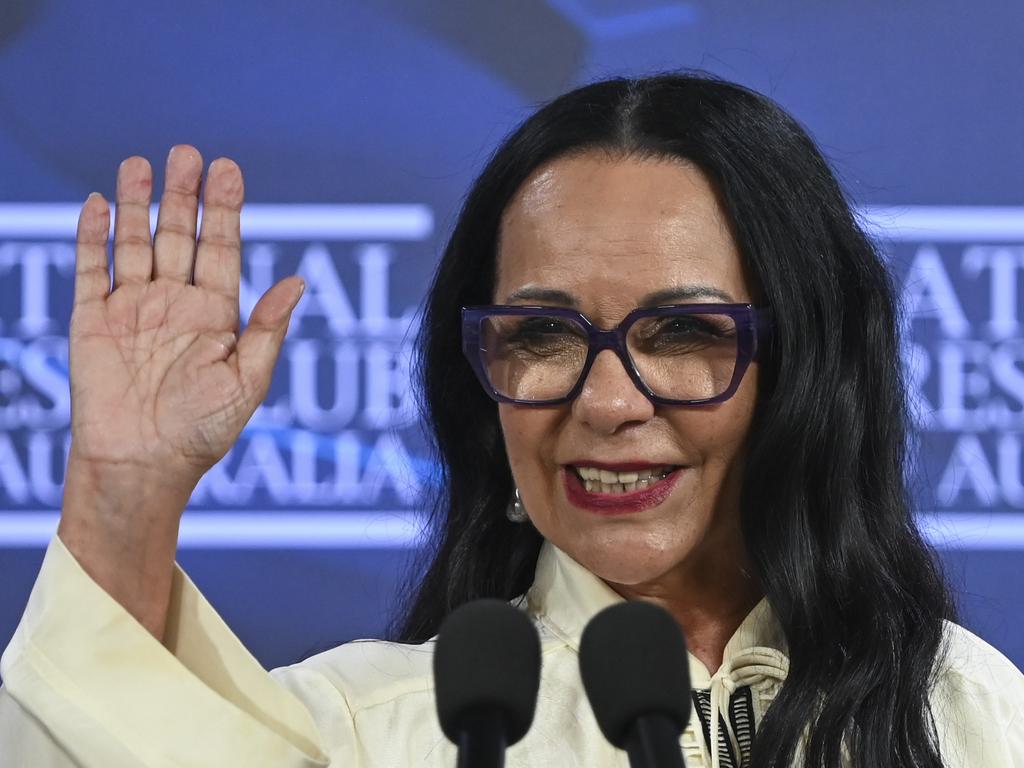
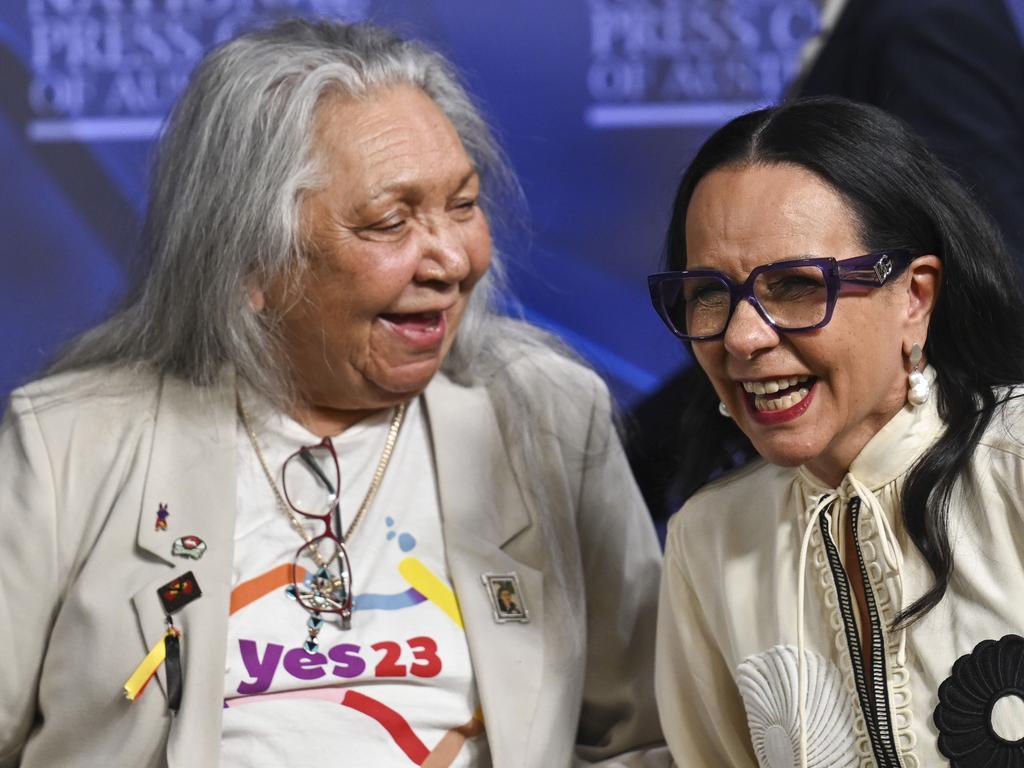

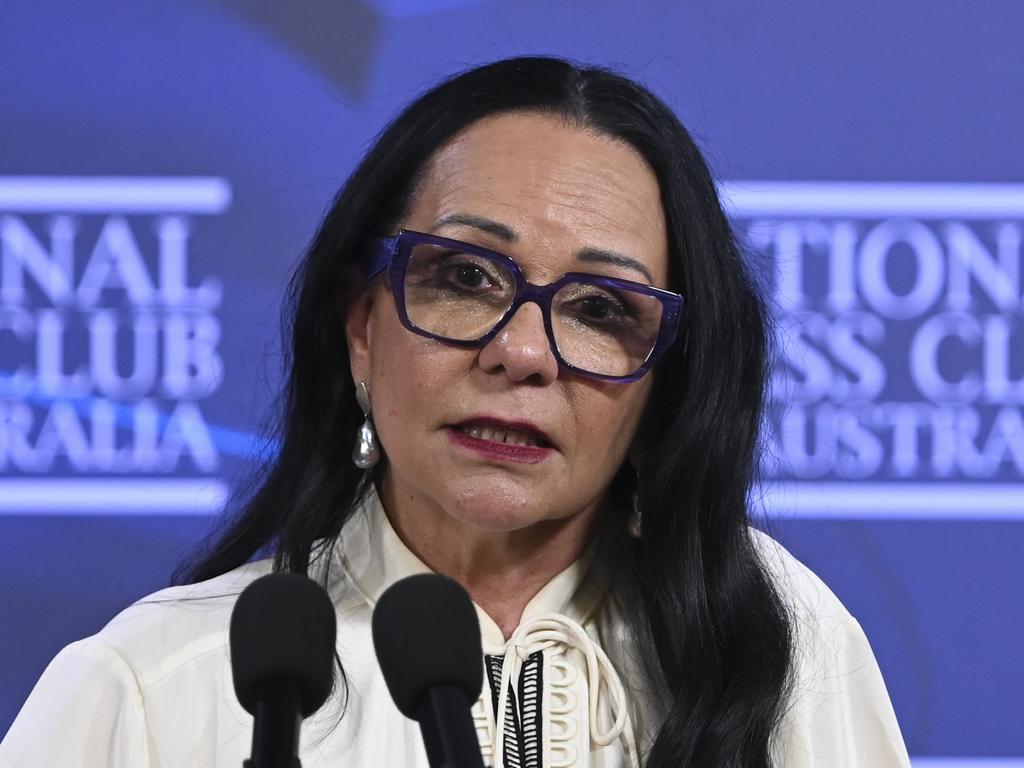


Constitutional change is not for the faint-hearted. The framers of our Constitution set the bar for success deliberately high. Reform requires a popular vote rather than mere parliamentary approval, as well as a double majority. A proposal must be supported by a majority of Australians and in a majority of states.